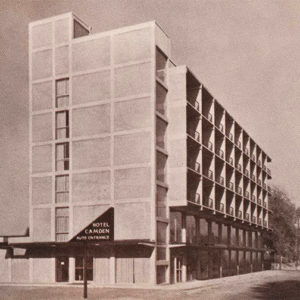 Hotel Camden
Hotel Camden
Entry Category: Counties, Cities, and Towns - Starting with H
 Hotel Camden
Hotel Camden
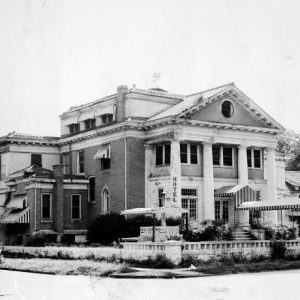 Hotel Charmaine
Hotel Charmaine
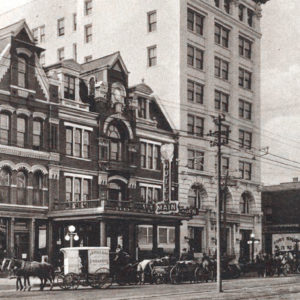 Hotel Main
Hotel Main
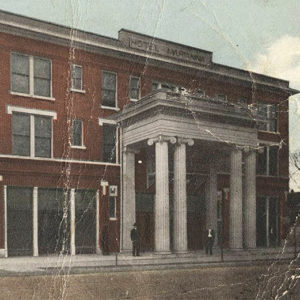 Hotel Marianna
Hotel Marianna
 Hotel Marion
Hotel Marion
 Hotel Noble
Hotel Noble
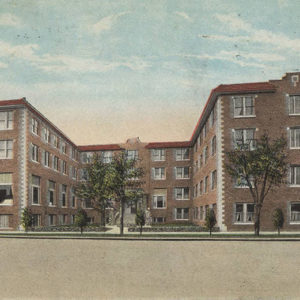 Hotel Noble
Hotel Noble
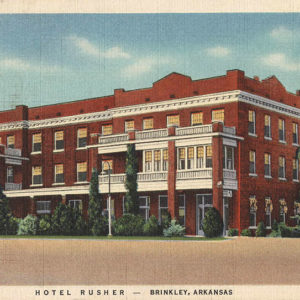 Hotel Rusher
Hotel Rusher
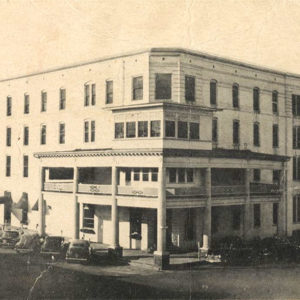 Hotel Savoy
Hotel Savoy
 Hotel Seville
Hotel Seville
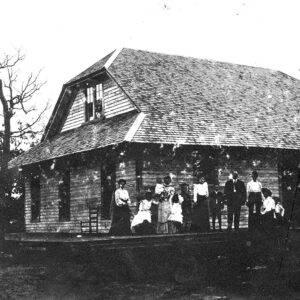 Hotel West End
Hotel West End
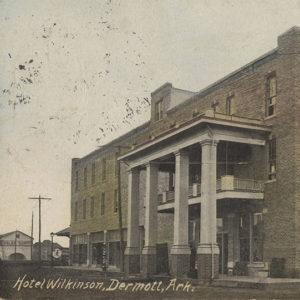 Hotel Wilkinson
Hotel Wilkinson
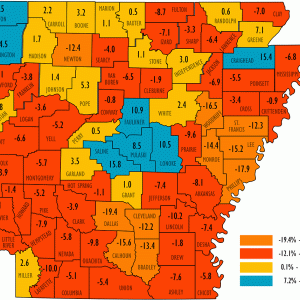 Housing Units Change 2020
Housing Units Change 2020
Houston (Perry County)
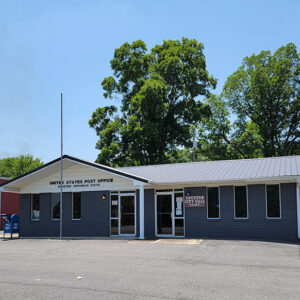 Houston City Hall and Post Office
Houston City Hall and Post Office
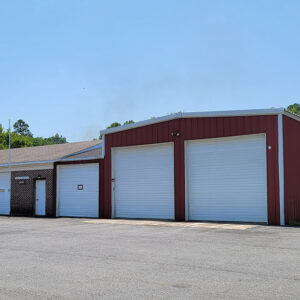 Houston Fire Department
Houston Fire Department
 Houston High School
Houston High School
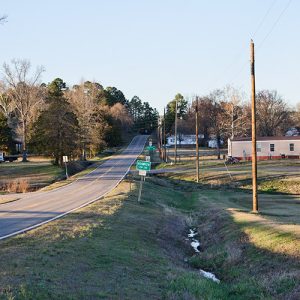 Houston Street Scene
Houston Street Scene
Howard County
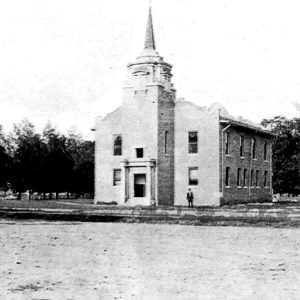 Howard County Courthouse
Howard County Courthouse
 Howard County Courthouse
Howard County Courthouse
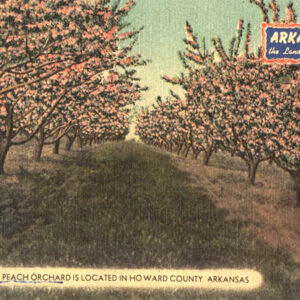 Howard County Peaches
Howard County Peaches
 Howell Company
Howell Company
Hoxie (Lawrence County)
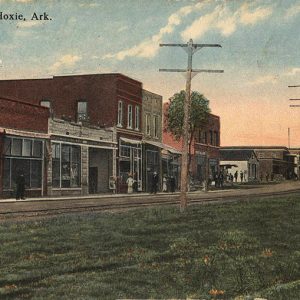 Hoxie Street Scene
Hoxie Street Scene
 Hubble Funeral Home
Hubble Funeral Home
Huff (Independence County)
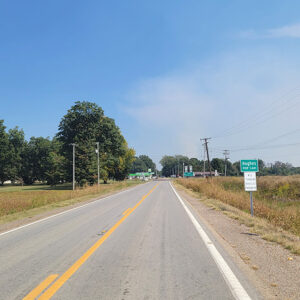 Entering Hughes
Entering Hughes
Hughes (St. Francis County)
 Hughes Bros. Drugstore
Hughes Bros. Drugstore
 Hughes Church
Hughes Church
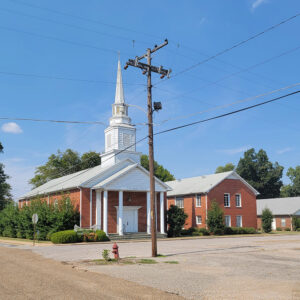 Hughes Church
Hughes Church
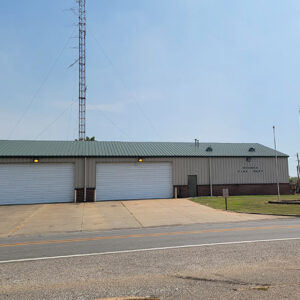 Hughes Fire Department
Hughes Fire Department
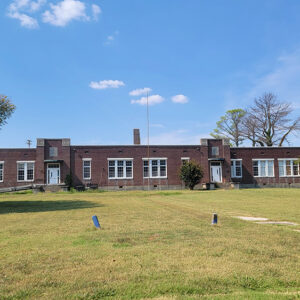 Hughes High School
Hughes High School
 Hughes Municipal Water Tower
Hughes Municipal Water Tower
 Hughes Street Scene
Hughes Street Scene
 Hughes Street Scene
Hughes Street Scene
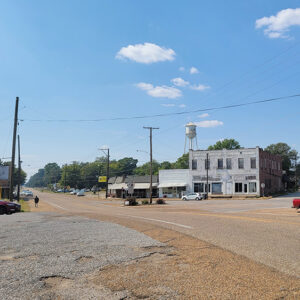 Hughes Street Scene
Hughes Street Scene
 Hughes Street Scene
Hughes Street Scene
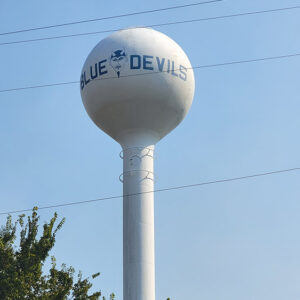 Hughes Water Tower
Hughes Water Tower
 Hughes Water Tower
Hughes Water Tower
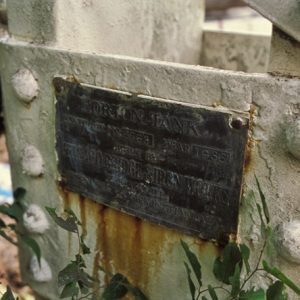 Hughes Water Tower Plaque
Hughes Water Tower Plaque
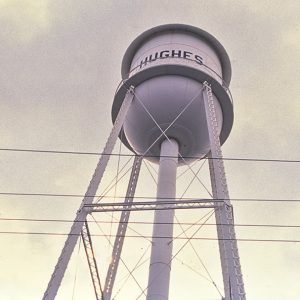 Hughes Water Tower
Hughes Water Tower
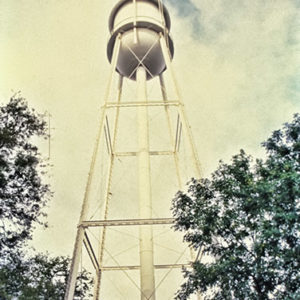 Hughes Water Tower
Hughes Water Tower
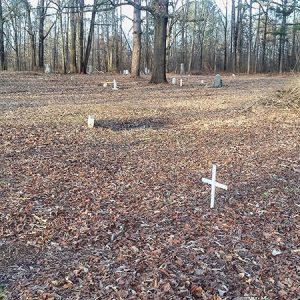 Hughes Cemetery
Hughes Cemetery
 Hughes Cemetery
Hughes Cemetery
Hulsey Bend (Independence County)
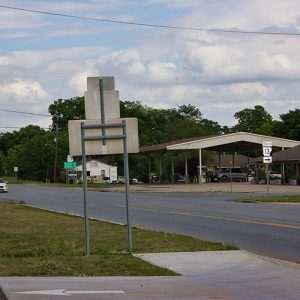 Humnoke
Humnoke
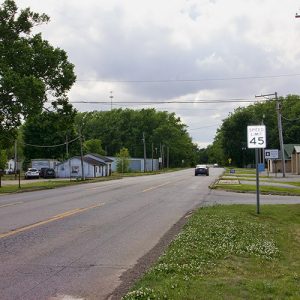 Humnoke
Humnoke
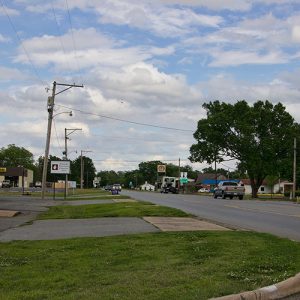 Humnoke
Humnoke




